Skroutz Buyers Protection
Ο εγκληματίας άνθρωποςCode: 171221
- Author: Cesare Lombroso
- Publisher: Ekdoseis Kaktos
- Μορφή: Soft Cover
- Έτος έκδοσης: 2002
- Αριθμός σελίδων: 620
- Κωδικός ISBN-13: 9789603824732
- Διαστάσεις: 24×17
Cesare Lombroso
Similar products
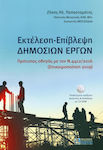
Scientific Books
Εκτέλεση - Επίβλεψη δημoσίων έργων, Model guide to the Law 4412/2016
Ad from GoldenbooksAdded


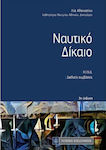

Scientific Books
Συμβολή στη Μελέτη των Λειτουργιών της Δικαστικής Απόφασης στην Αρχαία Ελλάδα, Volume 2: The Act
Ad from VivliodiktyoAdded

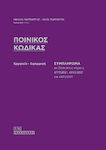

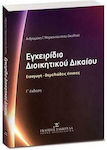
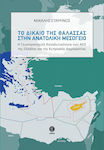
All shops
Prices are calculated for:Malta, Other Payment Options
- 19,29 €
- 24,81 €
- 17,91 €
- 19,29 €
Description
If since antiquity there have been views that connected physics with the moral side of humans, based on the inseparable sequence of body/soul, and if, over the centuries, these views have been accompanied by superstitious beliefs to scientific theories, the criminological anthropology of modern times, founded on the findings of this long journey, gave the criminal man, whose form equally occupied science and the arts.
At the end of the 19th century, the Italian doctor and anthropologist Cesare Lombroso became the main proponent of the search for the born criminal, and with his works - especially with The Criminal Man (L'Uomo delinquente, 1876) - he significantly influenced the development of criminology.
Based on his studies on the behavior of plants and mainly animals, on the manifestations of criminal heredity (a central concept of his theories), on the crimes of savages, on juvenile delinquency, on the effects of the environment, and on the results of education and penal punishment, Lombroso argued that anatomical characteristics and mental properties are directly connected and that the criminal impulses of the soul usually correspond to an abnormal physical condition.
Identifying the "born criminal" with the morally insane, he considered the latter as a victim of (Darwinian origin in Lombroso) atavism and as incurable; consequently, he attributed reduced responsibility for their actions.
Modern science has questioned and often rejected many of Lombroso's findings. It was judged that the relationship between physical and moral condition does not constitute an inviolable law and that, although the degenerate often exhibits criminal behavior, degeneration and crime are not causally connected. The myth of the unified and specific category of the "born criminal" was debunked, while it was emphasized how dangerous the confusion, even among specialists, between the predisposition of the criminal to act and the predisposition of the public to "recognize" in some crime a "peculiar criminal" can be. However, the Italian doctor gave new impetus to criminology and decisively influenced its course for many decades. Furthermore, neo-Lombrosianism, with its biological direction and philosophical basis, is revived along with technological achievements. Crime may not be treated as a "biological category," "criminal genotypes" may not have been identified, yet the continuing search for the accumulation of criminological and genetic traces within the broader issue demonstrates that the old dilemma "do biological or social structures pre-determine human behavior?" has not yet been definitively answered.
Specifications
- Genre
- Law - Rights
- Language
- Greek
- Format
- Soft Cover
- Number of Pages
- 620
- Publication Date
- 2002
- Dimensions
- 24x17 cm
Important information
Specifications are collected from official manufacturer websites. Please verify the specifications before proceeding with your final purchase. If you notice any problem you can report it here.








































